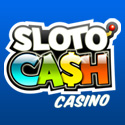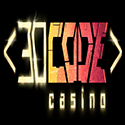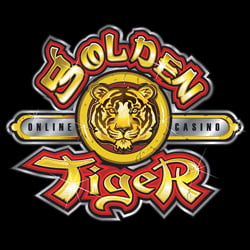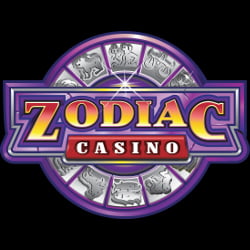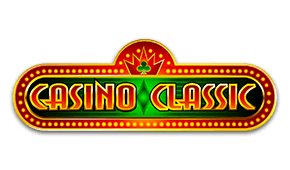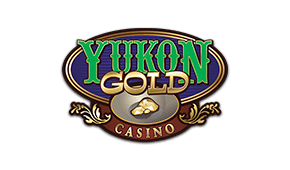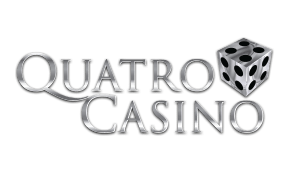
Operator- versus supplier-led game publishing, the Easter charts and some free data! Kevin Dale of Egamingmonitor discusses game distribution models, the role of in-house studios and the hottest slots.
Content sourcing, creation or a hybrid publisher model
Bouncing back from Brexit, Stake launched an industry first last month: Stake Engine, an operator-driven publisher service, whereby studios can create and launch games directly to site via Stake’s GDK/RGS (model no 6 above).
The traditional publisher model (no 2 above) is nothing new and was first adopted in our sector by Yggdrasil with their Masters Academy. It was followed successfully by the likes of Relax, Pariplay, Light & Wonder and Swintt. Stakelogic, WAC, Tequity, Qtech and Blueprint have all had a dabble too, while the latest suppliers to espouse the model are Million Games, Barbara Bang and Hacksaw Gaming. A summary of supplier-run publisher programmes is given below.
In-house studios (model 5 at the top) are nothing new either and most of the larger groups tend to develop some content in-house. Stake itself produces a range of Stake Originals, for example, mostly covering crypto games such as Mines, Crash, Limbo and similar.
As Yggdrasil, Pariplay and Relax now belong to operator/supplier groups, it could even be argued that the operator-publisher model de facto exists already. The difference here is that this new Stake programme is an operator-first initiative, not an aggregator one.
It is designed to grant smaller studios immediate access to some real estate they would otherwise struggle to access – and the 10% rate on offer is decent. In return, Stake acquires exclusive independent content with no intermediary costs (unlike models 1 and 2 at the top, for example).
Early participants in the Stake Engine include the brands Massive, Titan and Twist. These new studios may or may not be wholly ‘independent’ as such, yet they serve to prime the model. As a result, it is not only the 10+ new studios that we add to our database each month that will take notice, but some of Stake’s competitors too.
For the operator, it is certainly a faster route to producing high volumes of exclusive content than acquiring or building out studios inhouse, Stake Originals aside. Moreover, Stake does have some catching up to do on the homegrown front, especially when compared to some of their peers.
In this context, it is worth sharing a bit of free data extracted from our platform, which compares in-house content provision across some of the larger operators. You can see from the chart below how far Stake is from achieving the same in-house content share as certain rivals.
* Note that the number of in-house games divided by the number of unique games will not be the same as the percentage share of in-house content for a couple of reasons. First, in-house games can be repeated across multiple pages and, at times, multiple times on one page. Also, the percentage share of in-house content is based on the frequency of finding in-house game tiles across all pages in the first two weeks of May. During that same period, for example, some third-party games may have featured briefly and later disappeared. In-house content tends to be more permanent and more pervasive.
Note also that this chart excludes exclusive content that is produced and delivered by studios via the normal integration routes.
In summary, we are not actually saying that this new operator-led publisher model is going to take off. After all, it is only an option for the largest operators out there. It is, however, an interesting variation to existing distribution models and one to monitor. Note that in model 3 at the top, collaborations and mechanic licensing were covered in a previous article.
Gates of Olympus took the top two spots last month, and Pragmatic’s 1000 editions have demonstrated godlike ubiquity and longevity. Big Bass Bonanza 1000 is a new entry to the charts this month, beaten only by another new launch from the same stable, Gates Of Olympus Super Scatter. This latest game turns up the volatility dial again with multipliers reaching 50,000x.
Top 20 games by distribution
While we do not publish an Easter chart as such, we can reveal which came first, the bunny or the egg. Four of the top five best new Easter performers clucked this year:
| Golden Egg Invaders (NetEnt) |
| Wild Rush Bunny (Spinomenal) |
| Mystery Egg Surprise (Play’n GO) |
| Chicks In Vegas (Foxium) |
| 3 Plucky Hens (1X2 Network) |
Industry deals and game distribution
Turning back finally to the classic studio → aggregator model (no 1 at the top), we also track the dealmaker movers and shakers. Barbara Bang is the studio to watch, having recently signed up several new aggregators, such as St8, Notix, Betfounders and BlueOcean.
Biggest aggregator dealmakers
Meanwhile, Reevo (Lucky) are giving EveryMatrix a run for their money on the aggregation front, having penned 15 studio deals in the last six months.
On this topic, why not one last free nugget of info? The average studio partners with 12 aggregators, while the average aggregator offers 21 studios in its portfolio. Get in touch if you’d like to know more.
Biggest studio dealmakers
* Please note that some charts above are populated with live data so please ensure the month of April 2025 is selected in the dropdowns to match the analysis.
** The interactive games chart excludes live games and table games. Game rankings are determined by the number of game appearances on the casino homepages of more than 4,000 casino sites. To access many other charts including game rankings, live and table games, positions on subpages or to filter game performance by game theme, game feature, market or operator, please get in touch with our partner, Egamingmonitor.com. Egamingmonitor covers 80,000 games, 1,900 suppliers and 4,000+ operators.







